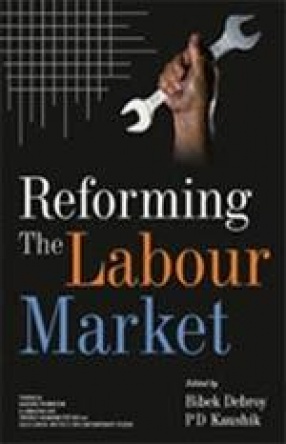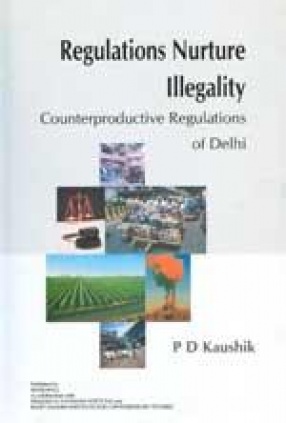
Showing all 4 books



Reforms are perpetually debated. If there are two areas of reform, which figure prominently in the liberalisation discourse, with strong views on both sides, those are privatisation (or disinvestments) of public sector enterprises and labour market reforms. The argument is that organised labour markets are unnecessarily rigid and thereby, artificially drive up capital intensity and make it difficult for India to exploit the comparative advantage in labour. This ...

Do we have a holistic view of rural development in which all the activities currently being undertaken are integrated ? Do we share a vision for a prosperous rural India, a vision which sees agriculture and allied activities as the growth engine for rural development complemented by promotion of non-farm activities for value addition and sustainable in a healthy competitive environment ? Are our strategies effective in increasing the productive potential of our ...

Discrimination against women is universal. The structural framework of women’s subordination has also remained unchanged in India. Her status can be explained as the extent to which she has access to knowledge, economic resources and political power, as well as the degree of autonomy in decision making and making personal choices. In all respects, her status remains poor in India. Whatever incremental improvement has come about in her ...

There are more than a million laws, regulations, gazette notifications and government orders in India, which restrict the economic freedom of business and citizens alike. The argument is that excessive regulations stifle entrepreneurship thereby promoting “the other pathâ€. When the compliance cost is too high, individuals and businesses prefer to function illegally. This book is showcasing regulations in Delhi, which are antiquated and ...
